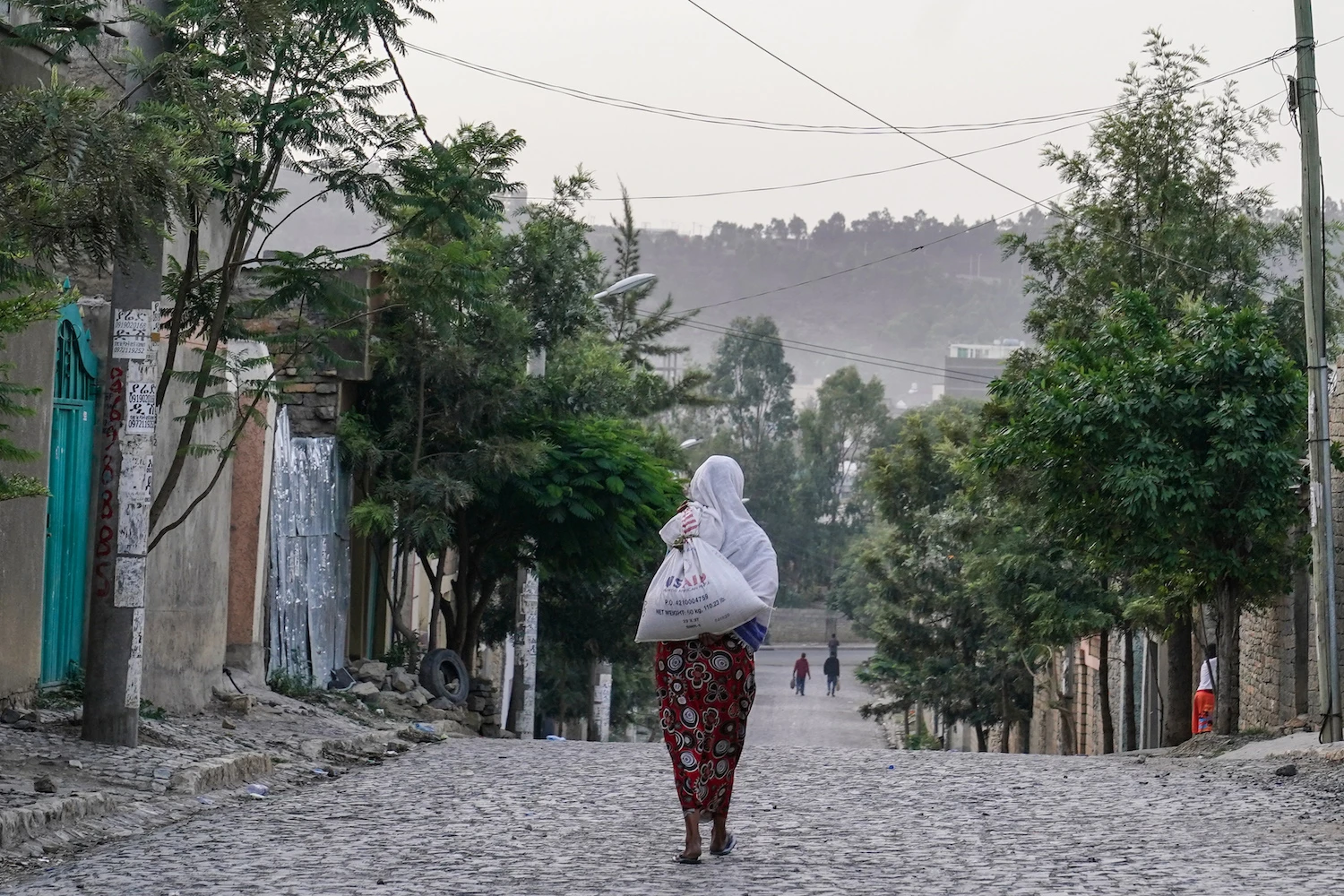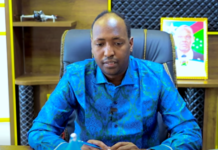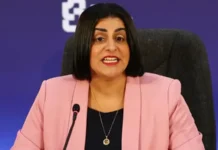
In what was widely regarded as a diplomatic breakthrough, the Ethiopian government and the Tigray People’s Liberation Front (TPLF) reached a surprising cessation of hostilities. The truce was signed in South Africa earlier this month after intensive talks amid pressure from the African Union and the United States.
If implemented, the deal will expedite humanitarian aid and the restoration of services in the Tigray region. The TPLF will fully disarm within 30 days of the deal. The federal government will deploy the Ethiopian National Defense Force (ENDF) as well as federal security and law enforcement agencies in Tigray, and the ENDF will be deployed along international borders—which includes Ethiopia’s border with Eritrea.
The prospect of silencing the guns in Tigray is commendable. But many articles in the deal will be difficult to implement or may take months or even years to carry out. That is largely because one of the main actors, Eritrea, was neither represented nor mentioned by name in the agreement, although some indirect references were made to it.
At the signing ceremony, the TPLF’s chief negotiator, Getachew Reda, stated, “I know there are spoilers from nearby, from inside our ranks and from the neighborhood, and we also know they will … stop at nothing to sabotage our peace-making efforts.”
Indeed, ever since the start of the war in November 2020, Eritrea’s reclusive regime has played a crucial role. The border war between Eritrea and Ethiopia from 1998 to 2000 was more a war between Eritrea’s regime and the TPLF rather than between the two countries. Although Ethiopian Prime Minister Abiy Ahmed sees an armed TPLF as a threat to his rule, Eritrean President Isaias Afwerki harbors a personal grudge against the organization. The animosity toward the TPLF is the only common denominator that holds them together.
Eritrea may regard the disarmament of the TPLF as a positive development—but even so, it has not yet accomplished its mission, which is destroying the TPLF once and for all by capturing or killing its leaders, causing massive displacement, and degrading its infrastructure and military capabilities so Tigray cannot be a threat to Eritrea for at least the next 50 years or more. If Isaias continues to pursue his ultimate goal, the truce could easily fall apart.
Neither Ethiopia nor Eritrea mentions the participation of the Eritrean Army openly. Eritrea is tight-lipped on all of its military operations; only one Facebook page believed to be run by Eritrean intelligence has been providing updates on the war. During the war, it was predicting the fall of Mekelle, the capital of Tigray, at any time. In its latest posts, it describes the peace deal as “terms of surrender” and says Ethiopia was pressured by the United States to sign the deal to save the TPLF.
There is also very little information on the size of the Eritrean Army and extent of its deployment in Tigray, but an estimate this year puts its size in the range of 150,000 to 200,000 soldiers. Sources close to the TPLF estimate that half of that force is in Tigray. But the military situation remains fluid, and there could be troop repositioning following the deal. Meanwhile, special regional forces and militias from Ethiopia’s Amhara region still occupy western and southern Tigray.
The international community and peace mediators have also underestimated Eritrea’s role in the war. Calling on Eritrea to withdraw its forces will not deliver the desired results. Sanctions have had little impact on the regime in recent years; indeed, Eritrea’s regime has survived United Nations and U.S. sanctions through a network of clandestine operations on illicit trade across Africa, Europe, and the Persian Gulf.





















